Is there a constant power source
Yes, this is possible to do. I actually did it once many years ago as a demonstration. Voltage and current can be directly measured and directly controlled with analog electronics, so response can be good. There is no good way to directly control power, nor to measure power.
Power is the product of voltage and current, so one way is to measure those two, then perform a multiply to get a signal proportional to power. This is difficult in analog electronics. When I did this a long time ago, I used a digital processor to compute power from measured voltage and current, then tweak the output up and down accordingly. This was a long time ago and I was using a desktop computer over a IEEE-488 interface to control the electronics. It did about 10 loop iterations per second, which was enough for the purpose of demonstrating what I wanted to demonstrate.
Today, switching power supplies are routinely controlled by small embedded processors that measure voltage and sometimes current every switching pulse. Digital multiplies can be as short as single cycles, so doing closed loop power control is much more feasable today. However, there is very little use for this. I've designed a bunch of constant-voltage switching power supplies and a few constant-current switching power supplies, but never a constant-power supply. That's not because it couldn't be reasonably done today, but because I haven't come accross a use for one.
that is, a device who's output never varies?
This is a nonsensical question. What output? Voltage? Current? Power? Something else? We do engineering here, not hand waving.
There also seems to be some confusion about what a power supply can and can't control. Think of even the simple case where the load (what is connected to the power supply beyond the control of the supply) can be any resistor. The voltage, current, and resistance are related by Ohm's law:
Current = Voltage / Resistance
or in common units:
A = V / Ω
Notice how there are only two degrees of freedom in this relationship. If you define any two, there is no choice left about the third. Since the load always gets one degree of freedom, the power supply only gets one degree of freedom too.
You can rearrange this various ways. For a constant voltage supply, the supply choses voltage, the load choses resistance, and the current comes out to what it comes out to. Or, the load choses current and the apparent resistance seen by the supply comes out to what it comes out to.
Power is voltage times current. With this and Ohms law, you can get:
Power = Voltage2 / Resistance
Again, only two degrees of freedom. If the power supply regulates power and the load choses the resistance, then the voltage comes out to what it comes out to.
You can't cheat basic physics.
